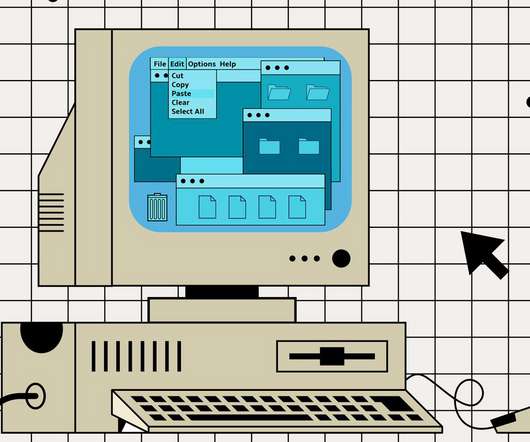Liquid Metal Battery Corp secures patent rights from MIT
Green Car Congress
JULY 7, 2011
Liquid Metal Battery Corporation (LMBC), a Cambridge, Massachusetts company founded in 2010 to develop new forms of electric storage batteries that work in large, grid-scale applications, has secured the rights to key patent technology from MIT. antimony and magnesium), and one layer of a salt.











Let's personalize your content